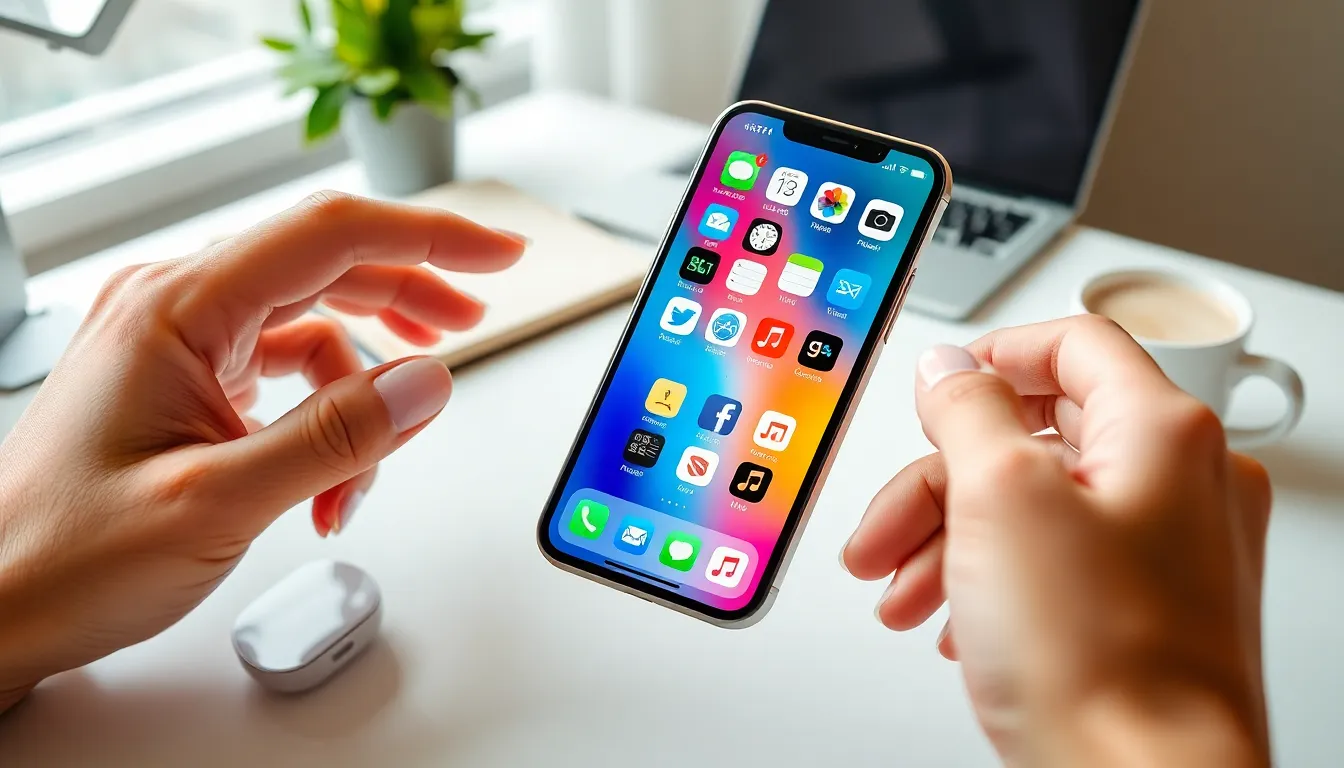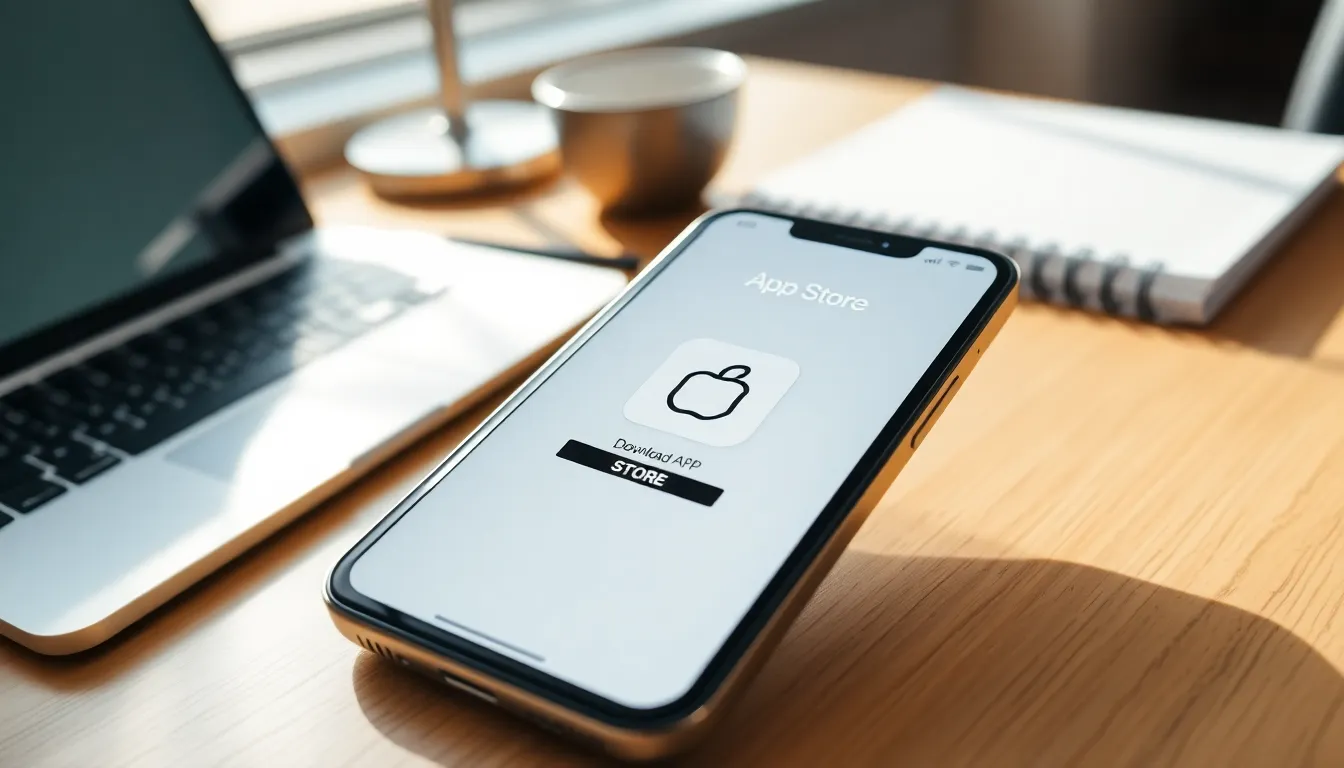In a world where innovation moves faster than a caffeine-fueled squirrel, procurement stands at the forefront of transformation. The sheer volume of emerging technologies is enough to make one’s head spin. From artificial intelligence calling the shots to blockchain ensuring trust, the procurement landscape is evolving at lightning speed. But why should you care? Because a tech-savvy approach to procurement can save your organization time, money, and perhaps a few headaches along the way. Let’s jump into the exciting realm of emerging technologies in procurement and discover how they can revolutionize operations, dare we say, for the better.
Table of Contents
ToggleThe Importance of Procurement Transformation

In today’s hyper-competitive environment, efficient procurement is no longer a nice-to-have: it’s a must-have. Organizations are beginning to recognize that procurement can be a strategic driver rather than just a transactional function. The traditional procurement model often suffers from inefficiencies and lack of visibility, leading to wasted resources and missed opportunities. Transformation is crucial for adapting to market shifts and enhancing overall value.
Transforming procurement processes not only improves efficiency but also provides organizations with the agility to respond quickly to changes in demand or supply chain challenges. This evolution promises increased collaboration and enhanced decision-making, knitting procurement more closely into the fabric of overall business strategy. Besides, integrating emerging technologies enables procurement professionals to leverage data that can help forecast needs, negotiate better contracts, and maintain positive supplier relationships.
Artificial Intelligence and Machine Learning
Artificial Intelligence (AI) and Machine Learning (ML) are not just buzzwords: they’re powerful tools reshaping procurement operations. By automating repetitive tasks, AI frees professionals to focus on higher-value initiatives. Imagine AI analyzing vast amounts of procurement data in a fraction of the time it would take a human. The result? Faster, smarter decisions that can significantly lower costs.
AI algorithms can predict purchasing needs based on historical data, reducing the risk of stockouts or overstock situations. Also, machine learning models evolve over time, learning from previous procurement outcomes and continuously improving their accuracy. Firms adopting these technologies can gain a competitive edge, making data-driven decisions that enhance operational efficiency.
Blockchain Technology in Supply Chain Management
Blockchain technology appears to be the shiny new tool on the block, and for good reason. By providing an immutable ledger, blockchain ensures transparency and traceability across the supply chain. This feature can significantly reduce fraud while increasing accountability among suppliers.
Imagine a scenario where every transaction is recorded in real time and can be verified by all parties involved. This level of transparency helps organizations identify inefficiencies, track shipments, and resolve disputes faster. Besides, blockchain enhances collaboration between partners, which cultivates trust and encourages long-term relationships.
The Role of Big Data Analytics
Big Data Analytics is another game-changer in the procurement discipline. With a wealth of data available from various sources, organizations can gain insights that were previously unattainable. By analyzing data trends, procurement teams can identify savings opportunities, assess supplier performance, and monitor market conditions that impact pricing.
Also, predictive analytics can forecast future needs effectively, empowering procurement to make proactive adjustments rather than reacting to changing circumstances. In sum, big data analytics allows procurement teams to operate more strategically, ensuring that they are not just surviving but thriving in the marketplace.
Cloud Computing and Procurement Solutions
Cloud computing has revolutionized the way organizations approach procurement solutions. By migrating to the cloud, businesses can access procurement tools anytime, anywhere, fostering flexibility and collaboration among teams. Cloud-based solutions also offer scalability, meaning organizations can easily adapt and expand their procurement capabilities to meet growing demands.
Also, cloud platforms typically come with advanced analytics features, which allow for real-time data monitoring and reporting. This access to insights facilitates quicker decision-making and drives continuous improvement.
Internet of Things (IoT) in Procurement
The Internet of Things (IoT) is redefining how organizations track and manage inventory. Imagine real-time monitoring of stock levels across multiple locations through smart sensors, IoT brings this vision to life. By enabling organizations to monitor and manage inventory efficiently, the potential for stock discrepancies and mismanagement is significantly reduced.
IoT devices provide valuable data about usage patterns, allowing procurement professionals to optimize inventory levels based on actual demand. This not only mitigates the risk of overstocking or stockouts but also enhances supplier collaboration, ensuring that procurement strategies align with broader organizational objectives.







